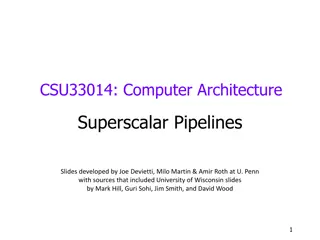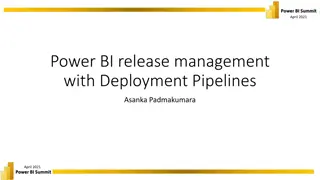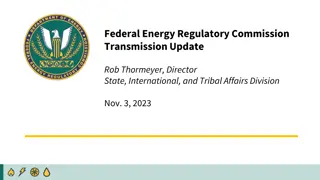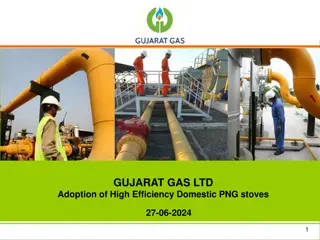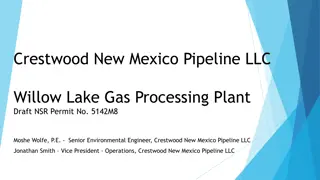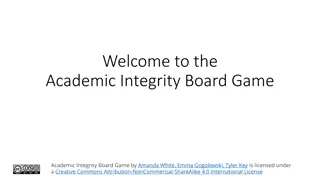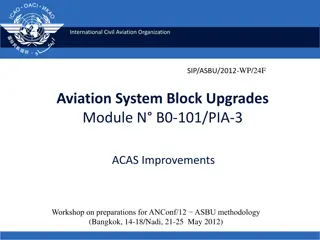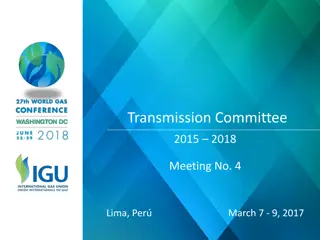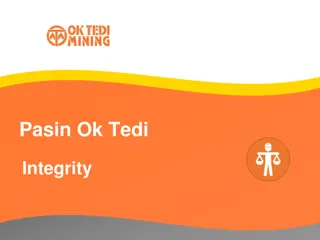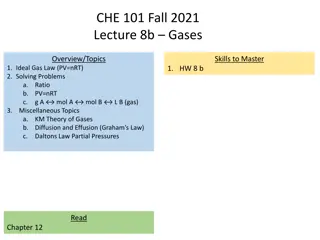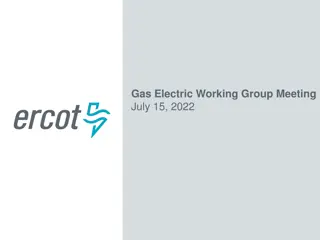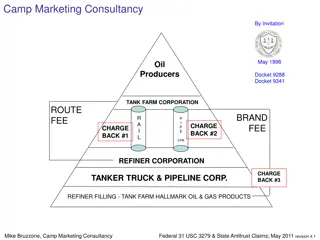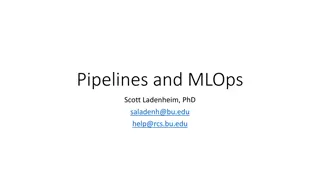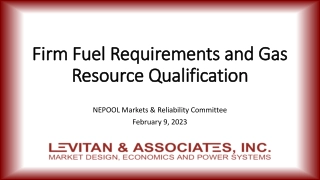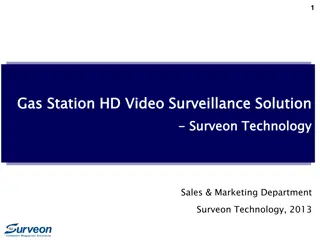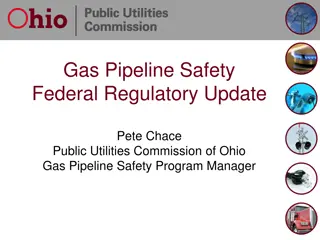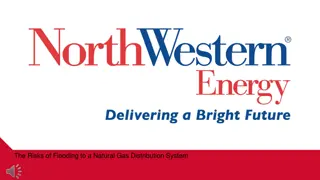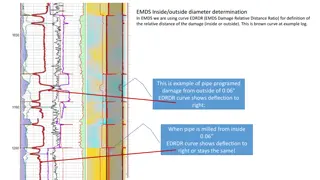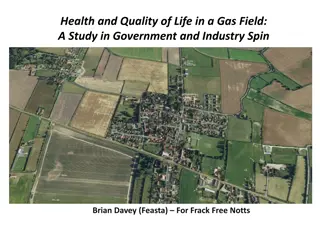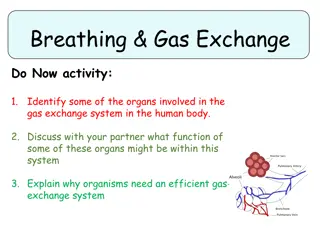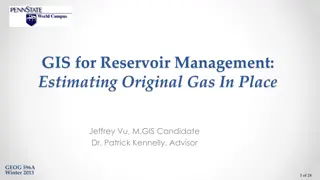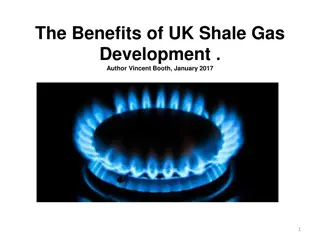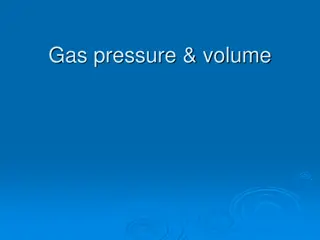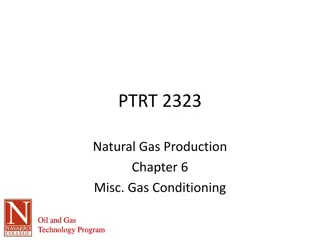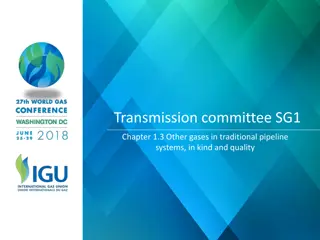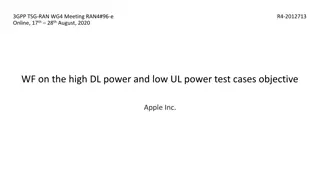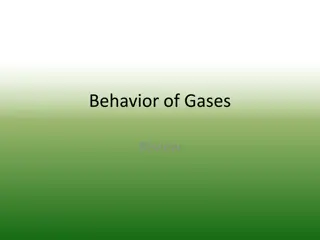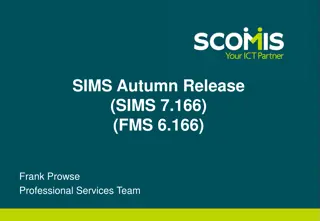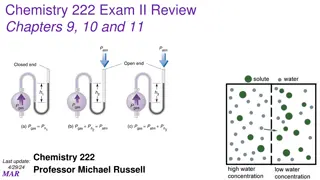Safety and Integrity Enhancements for Gas Transmission Pipelines
The PHMSA Mega Rule (RIN 2) brings significant improvements to the safety and integrity of gas transmission pipelines through repair criteria, integrity management enhancements, cathodic protection, management of change requirements, and more. Key provisions include definitions, inspection protocols, post-construction assessments, and measures to address interference currents. These updates aim to ensure the continued safe operation of the pipelines and prevent potential risks or incidents.
Download Presentation

Please find below an Image/Link to download the presentation.
The content on the website is provided AS IS for your information and personal use only. It may not be sold, licensed, or shared on other websites without obtaining consent from the author. Download presentation by click this link. If you encounter any issues during the download, it is possible that the publisher has removed the file from their server.
E N D
Presentation Transcript
PHMSA PHMSA Safety of Gas Transmission Pipelines Safety of Gas Transmission Pipelines A.K.A A.K.A The Mega Rule The Mega Rule RIN 2 RIN 2
Repair Criteria, Integrity Management Improvements, Cathodic Protection, Management of Change, and Other Related Amendments Amdt 192-132 Docket No: PHMSA-2011-0023 Amdt No 192-132 Publication Date: August 24, 2022 Effective Date: May 24, 2023
Major Provisions Definitions 192.3 Management of Change 192.13, 192.911 Corrosion Control 192.319, 192.461, 192.465, 192.473, 192.478, 192.935 Inspections Following Extreme Weather 192.613 Repair Criteria 192.714, 192.933 IM Clarifications 192.917, 192.935 Strengthening Assessment Methods 192.923, 192.927, 192.929
Definitions 192.3 Transmission Line Distribution Center Close Interval Survey Dry Gas or Dry Natural Gas Hard Spot In-line Inspection In-line Inspection Tool or Instrumented Internal Inspection Device Wrinkle Bend The definitions clarify technical terms used in part 192 or in this rulemaking. 4
Management of Change 192.13 and 192.911 Establishes requirements for the Management of Change process in ASME/ANSI B31.8S, section 11. Previously management of change needed for High Consequence Areas (HCAs) only. 18-month compliance period for non-HCAs Evaluate and mitigate significant changes. Reason for change, authority for approving changes, analysis of implications, acquisition of required work permits, etc. 5
Post Construction Inspection Coating Inspection 192.319 and 192.461 Requires operators to perform an above-ground indirect assessment (ACVG/DCVG/ other technology ) after backfilling is completed and remediate any coating damage found. In both O&M and construction sections 6
Interference currents (192.473) Requires interference surveys when potential monitoring indicates significant increase in stray current or when new potential stray current sources (pipelines, HVAC power lines, etc.) are introduced. Analysis of results of survey to determine cause of interference and whether it could cause significant corrosion, impede safe operation, or adversely affect environment or public. Development of remedial action plan and remediation within 12 to 15 months after completing survey. 7
Internal corrosion control Onshore transmission monitoring and mitigation ( 192.478) Requires operators of GT pipelines with corrosive constituents in the gas to monitor for gas quality, evaluate gas monitoring data yearly, and evaluate IC monitoring and mitigation program yearly. 8
Inspections Following Extreme Events - 192.613 Transmission pipeline facilities after events that have the likelihood of damaging pipeline facilities and taking appropriate remedial action. Inspection must commence within 72 hours after the point in time when the operator reasonably determines the affected area can be safely accessed by personnel and equipment, and such personnel and equipment are available. If unable, must notify PHMSA Region Director as soon as practicable. 9
Repair Criteria - Immediate ( 192.714 & 192.933) Anomalies where the metal loss is greater than 80 percent of wall thickness. Metal loss anomalies with a PFP 1.1 x MAOP. A topside dent that has metal loss, cracking, or a stress riser ( unless ECA in accordance w/ 192.712). Anomalies where there is an indication of metal loss affecting certain longitudinal seams. Cracks or crack-like anomalies meeting specified criteria. Indications of anomalies that require immediate action. 10
Repair Criteria Scheduled (1-year / 2-year conditions) Smooth topside dents with a depth greater than 6% of the pipeline diameter ( unless ECA [ ]). Dents greater than 2% of the pipeline diameter located at a girth weld, longitudinal, or spiral seam weld ( unless ECA [ ]). Bottomside dent with metal loss, cracking, or stress riser ( unless ECA). 11
Repair Criteria - Monitored Bottomside dents with depth greater than 6% ( 192.714) and where ECA shows critical strain levels are not exceeded ( 192.933). Dents with depth greater than 2% that affects pipe curvature at a girth weld or longitudinal or helical seam weld, and where ECA [ ]. Dents with metal loss, cracking, or a stress riser, and where ECA [ ]. Certain metal loss anomalies and cracks with a PFP 1.39 x MAOP in Class 1 locations or where Class 2 locations have uprated pipe, and that has a PFP 1.5 x MAOP in all other Class 2, Class 3, and Class 4 locations. 12
Summary of Changes to IM Clarifications 192.917 (a) (d) & 192.935(c) Inserts specific attributes from ASME/ANSI B31.8S into the regulations for risk assessments. Specifies operators must perform risk assessments that are adequate for evaluating the effects of interacting threats. Account and compensate for uncertainties in the model and data used. Requires operators use validated information and data as inputs and validate their risk models considering incident, leak, and failure history, and other historical information. Provides specific examples of integrity threats for plastic pipe that must be addressed. 13
Summary of Changes to ICDA and SCCDA 192.923, 192.927, & 192.929 Incorporates NACE SP0206-2006 into the regulations for ICDA and establishes additional requirements for ICDA for covered segments. Incorporates NACE SP0204-2008 into the regulations for SCCDA and establishes additional requirements for SCCDA. 14
Important Dates: Rule Effective Date: May 24, 2023 Management of Change February 26, 2024 IM Threats May 24, 2023 complete Feb 26, 2024 IM Risk Assessment Feb 26, 2024


